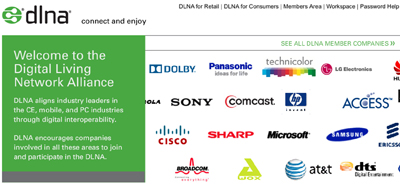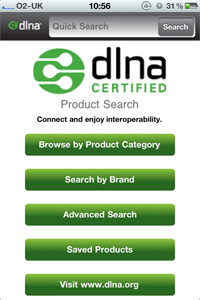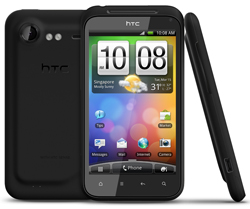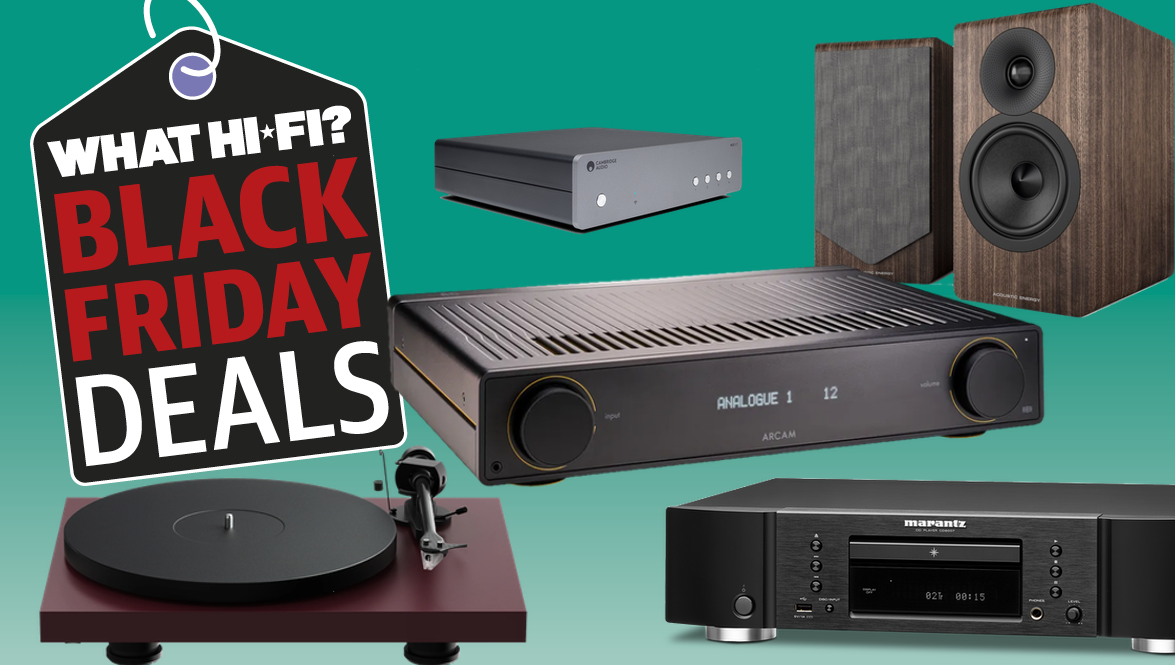
If you're looking to stream music, movies and images around your home, Digital Living Network Alliance (DLNA) technology could be the answer. And the good news is that your TV, Blu-ray player, smartphone or other AV device, may already have the technology built-in. This year DLNA is looking to step out of the shadows and make sure that you know the technology is there and exactly what it can do.
As Apple grabs headlines – as it does – with the launch of its AirPlay technology, DLNA is keen to present itself, together with a host of partners and products, as the alternative when it comes to streaming content around your home.
DLNA is a collaborative group of more than 200 companies that aims to ensure that sharing audio, video and images between network-enabled devices is simple. Any two (or more) ‘DLNA-certified’ devices should happily share information between each other over your home network.
With certified devices including PCs, NAS devices, TVs, AV receivers, Blu-ray receivers and smartphones, and compatible manufacturers including the likes of Denon, Nokia, Onkyo, Panasonic, PS3 and Samsung (branded as Allshare, see above), DLNA wants to make it clear that you could easily be pinging content around your home using kit you already own.

The number of devices in circulation that are DLNA-certified is predicted to hit two billion by 2014, with more than 11,000 individual products already on DLNA’s extensive list. Big numbers compared to the handful that support AirPlay.
One new product from DLNA aims to help you navigate that wealth of kit. The DLNA Product Search app is available for free on iOS, Android and BlackBerry devices, and allows you to quickly check whether or not products are DLNA-certified.
Also new for DLNA is the chance for devices to be upgraded to support DLNA via an app. The alliance has made the necessary software available this year to allow companies to offer consumers an app to upgrade previously uncertified devices.
The latest hi-fi, home cinema and tech news, reviews, buying advice and deals, direct to your inbox.

An example of this is Skifta. A media sharing Android app, it became the first application to become DLNA-certified earlier this year, allowing you to access and send content between devices using an Android smartphone.
There are plenty of other DLNA-related applications – even on the iOS platform – though DLNA are at pains to point out that only those carrying the DLNA-certified logo are officially approved.
Perhaps most intriguing is the launch in the US of DLNA-certified set-top boxes by the three biggest cable TV providers: Comcast, Cox and Time Warner. As well as giving you access to your normal TV content, it will allow the set-top box to talk to other DLNA-certified devices in other rooms in your home – smart TVs, most obviously – and stream content directly to them.

While there's no news of this coming to the UK as yet, DLNA is in talks with the relevant companies and with a nod and a wink it's a case of 'watch this space'.
The technology may not be new but DLNA seems eager to remind us that not only does its streaming technology exist, and on thousands of products, but its set to become even more common and more versatile.
So, as we often say in product areas where Apple is concerned: if you do want an alternative, DLNA could well be it...

Joe is the Content Director for What Hi-Fi? and Future’s Product Testing, having previously been the Global Editor-in-Chief of What Hi-Fi?. He has worked on What Hi-Fi? across the print magazine and website for almost 20 years, writing news, reviews and features on everything from turntables to TVs, headphones to hi-fi separates. He has covered product launch events across the world, from Apple to Technics, Sony and Samsung; reported from CES, the Bristol Show, and Munich High End for many years; and written for sites such as the BBC, Stuff and The Guardian. In his spare time, he enjoys expanding his vinyl collection and cycling (not at the same time).
